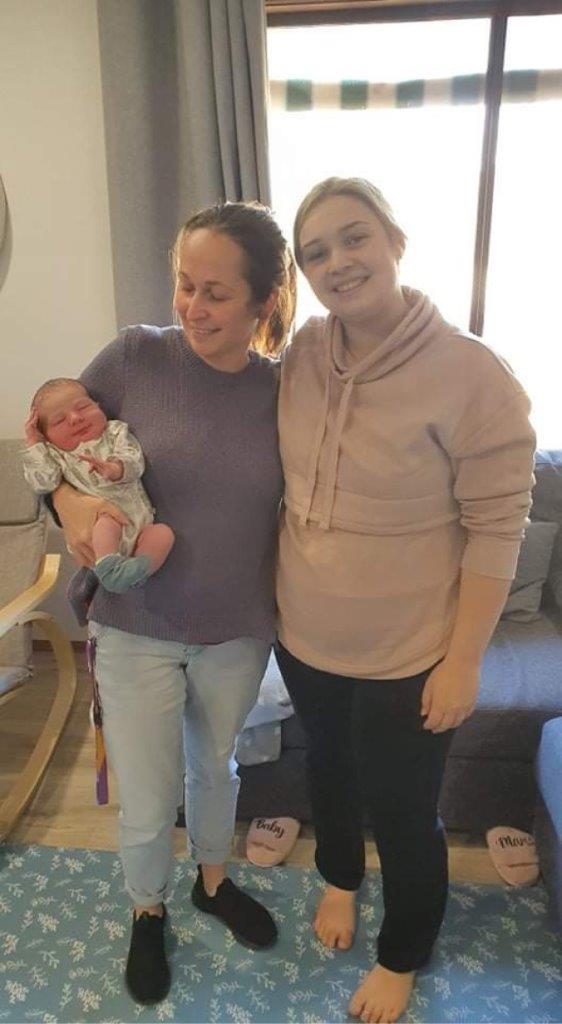First-time rural mothers who gave birth while accessing a new model of midwifery care trialled in South Australia’s Yorke and Northern Local Health Network experienced lower intervention rates, fewer induced labours and C-sections, and no serious outcomes, according to researchers.
For decades, many of Australia’s rural women have not been able to give birth in their hometown due to the closure of local maternity units and midwifery shortages. The gap has put a strain on families and increased the risks of premature births and other complications.
The new model of midwifery care ensures pregnant rural women are allocated a known midwife for the duration of their pregnancy, working collaboratively with their local GP/obstetrician, to provide first time mums with the support and care they need.
University of South Australia researchers Pam Adelson and Julie Fleet, from the Rosemary Bryant AO Research Centre, along with Associate Professor of Midwifery Lois McKellar, recently evaluated the program, which was implemented in 2019.
The unique program is the only midwifery group practice in Australia that operates across five sites under one governance model of care.
“Feedback from the women has been overwhelmingly positive and evidence from the past two years reveals that first time mothers who birthed in the program had lower intervention rates, fewer induced labours and C-sections, and no serious outcomes,” Ms Adelson says.
Women deemed high risk – carrying twins, or those with a high BMI and other health conditions – still birth in city hospitals, but the midwife continues to support the mothers before and after they have given birth and returned home.
In 2020, 75% of women in the program birthed in their local health service and 92% of them were assigned a midwife.
“All the evidence shows that women under constant midwifery care and working collaboratively with local doctors are not disadvantaged at all, compared to standard hospital care,” Adelson says.
“In fact, all vaginal births under this model over the past two years were higher (72%) than the state average (65%) and caesarean birth rates for first time mothers were lower at 26%.”
SA Health Midwifery Director Rachael Yates attributed the success of the program to women receiving continuity of care from a midwife throughout their pregnancy.
“The midwives work in partnership with rural obstetrician doctors, allied health and community services, so the care is well connected and coordinated, and the outcomes demonstrate this,” Ms Yates says.
“We know that the model is sustainable and attractive to retaining and recruiting midwives to work in a rural environment.”
First-time mother Paige Ritchie, 25, of Burra, who gave birth to her daughter Scarlet in mid-July at Clare Hospital, backed the findings.

“Having my own midwife, Michelle, by my side throughout the whole pregnancy and the birth was incredible. It was like having my best friend there, holding my handing and giving my partner Sam and I so much reassurance and advice,” she says.
The program has now been fully commissioned and the Yorke and Northern LHN Midwife Group Practice recently received an Excellence in Person Centred Care Team Award at the SA Nursing and Midwifery Excellence Awards 2020/21.
Read the full report here








